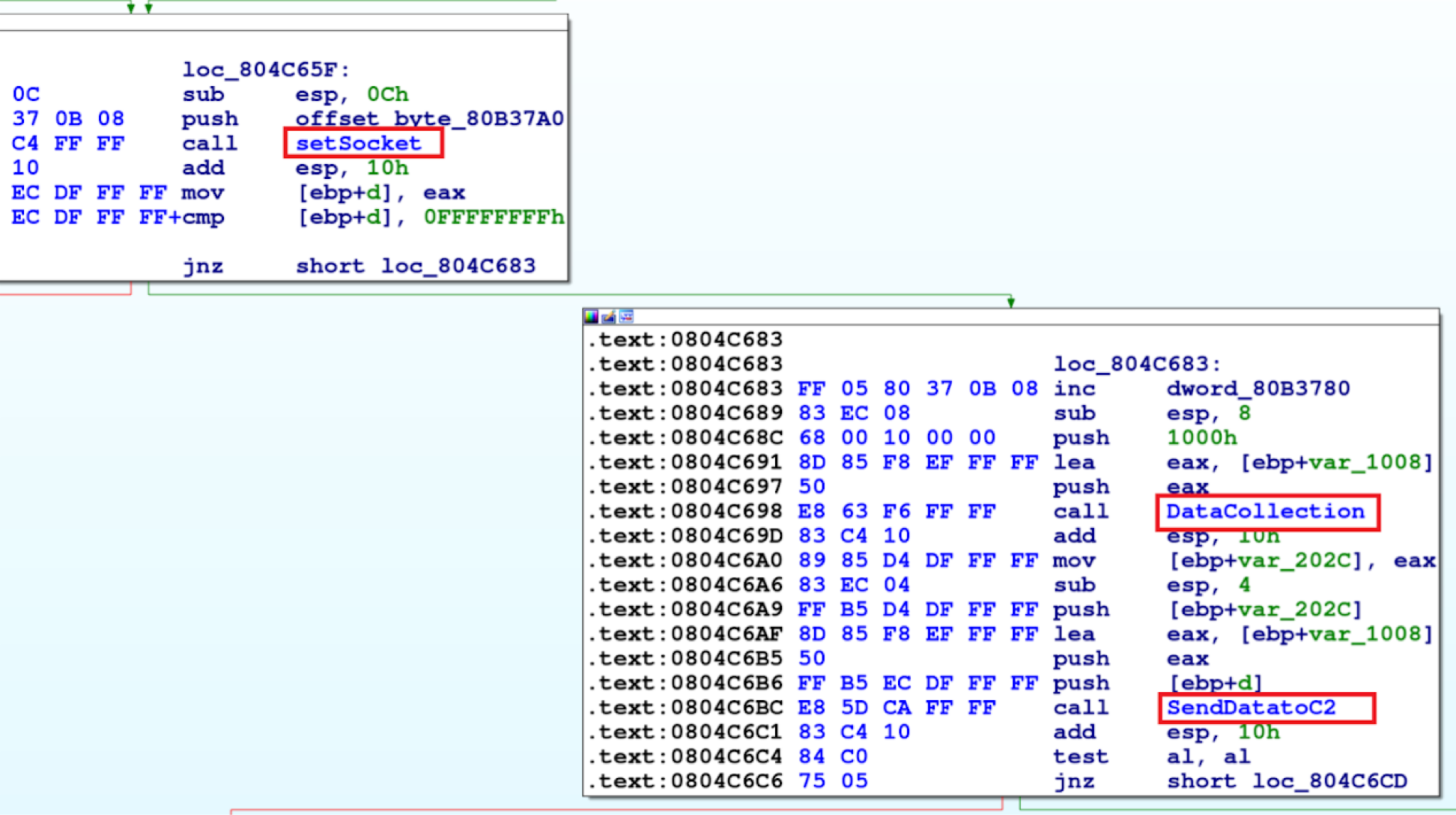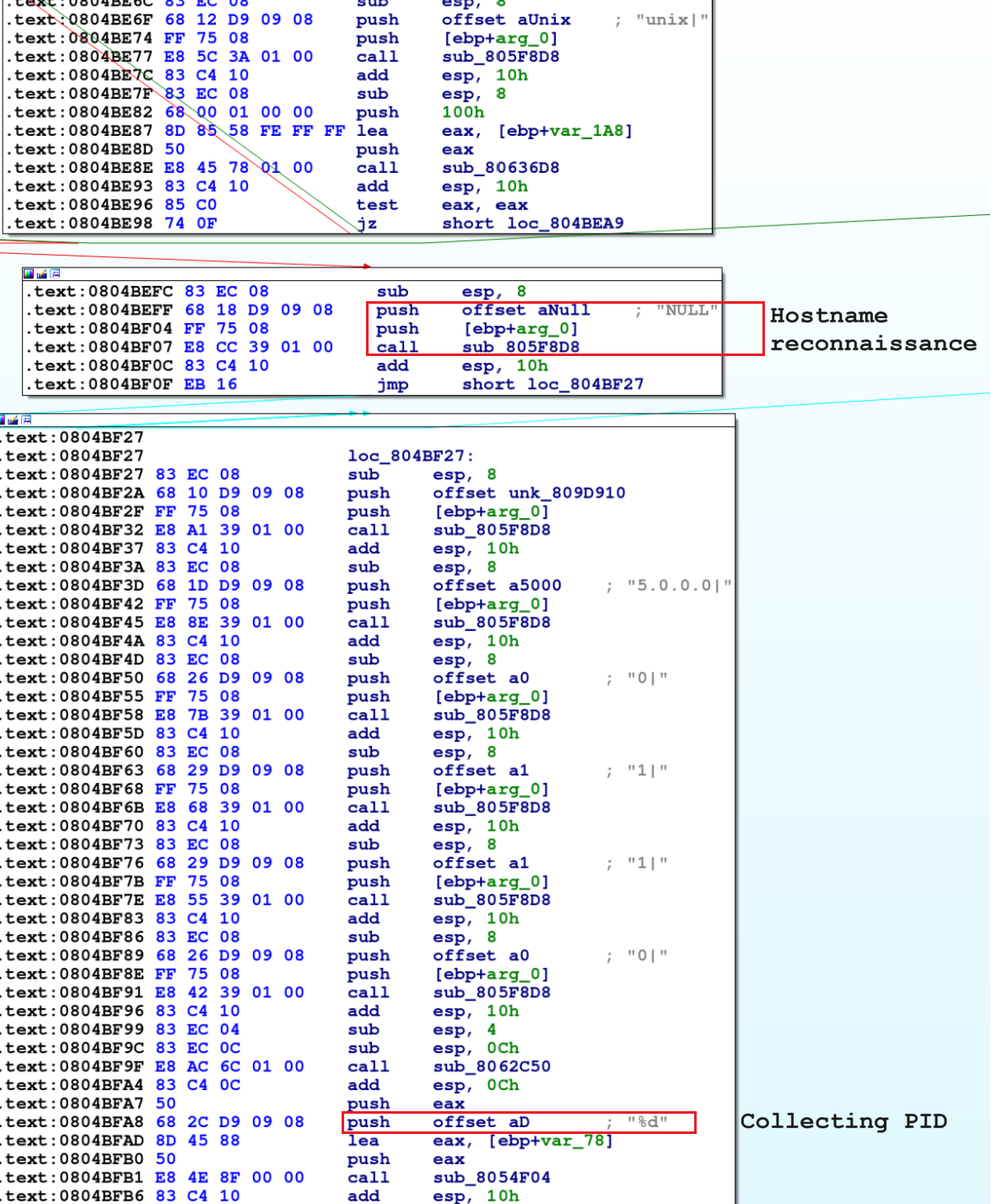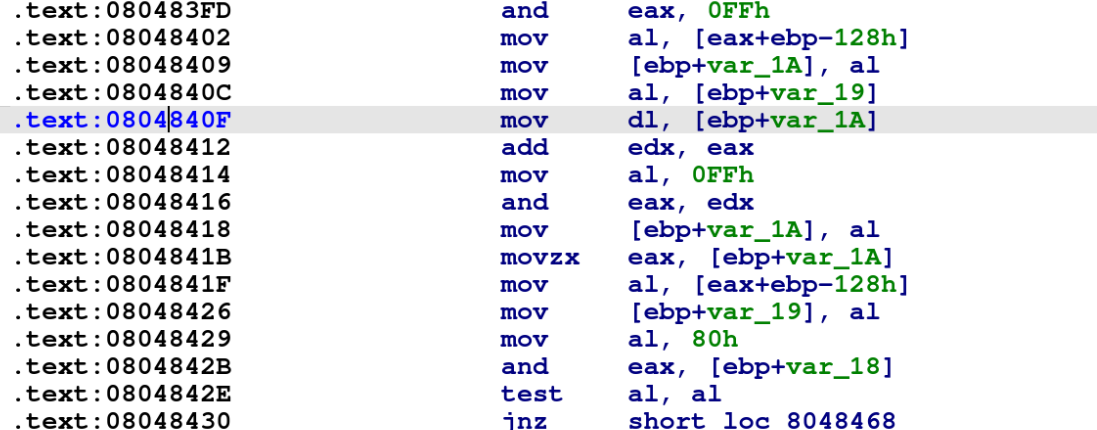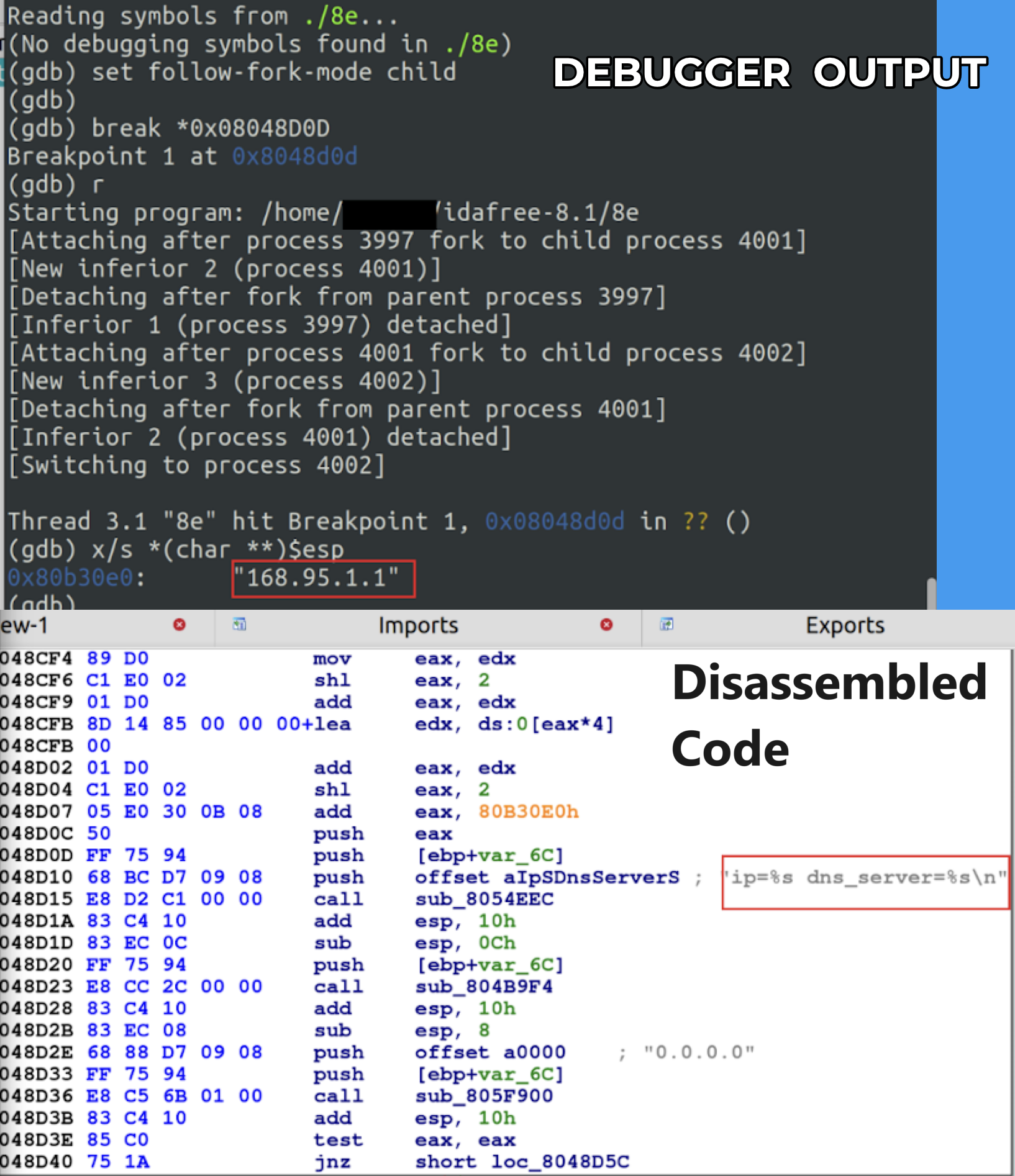The Art of Domain Deception: Bifrost’s New Tactic to Deceive Users

This post is also available in: 日本語 (Japanese)
Executive Summary
We recently found a new Linux variant of Bifrost (aka Bifrose), showcasing an innovative technique to evade detection. It uses a deceptive domain, download.vmfare[.]com, which mimics the legitimate VMware domain. This latest version of Bifrost aims to bypass security measures and compromise targeted systems.
First identified in 2004, Bifrost is a remote access Trojan (RAT) that allows an attacker to gather sensitive information, like hostname and IP address. In this article, along with exploring Bifrost, we’ll also showcase a notable spike in Bifrost’s Linux variants during the past few months. This spike raises concerns among security experts and organizations.
Palo Alto Networks customers are better protected from the threats discussed in this article through our Next-Generation Firewall with Cloud-Delivered Security Services, including Advanced WildFire and Advanced URL Filtering. Cortex XDR can help detect and prevent Bifrost and related malicious behavior. If you think you might have been compromised or have an urgent matter, contact the Unit 42 Incident Response team.
Table of Contents
Introduction
Malware Overview: Bifrost
Expanding Attack Surface
Capturing Bifrost
Conclusion
Acknowledgments
Indicators of Compromise
Malware Samples
Domain and IP Addresses
Additional Resources
Introduction
Attackers typically distribute Bifrost through email attachments or malicious websites. Once installed on a victim’s computer, Bifrost allows the attacker to gather sensitive information, like the victim’s hostname and IP address.
The latest version of Bifrost reaches out to a command and control (C2) domain with a deceptive name, download.vmfare[.]com, which appears similar to a legitimate VMware domain. This is a practice known as typosquatting. By leveraging this deceptive domain, the threat actors behind Bifrost aim to bypass security measures, evade detection, and ultimately compromise targeted systems.
As of late February, the deceptive domain has so far been undetected on VirusTotal as shown below in Figure 1.

Malware Overview: Bifrost
We found the latest sample of Bifrost (SHA256 hash: 8e85cb6f2215999dc6823ea3982ff4376c2cbea53286e95ed00250a4a2fe4729) hosted on a server at 45.91.82[.]127.
The sample binary is compiled for x86 and seems stripped. A stripped binary is one from which debugging information and symbol tables have been removed. Attackers usually use this technique to hinder analysis.
Figure 2 shows the sample’s file type using the file command from a terminal window in a Linux environment.

To better understand how this latest version of Bifrost functions, we viewed the recent sample in a disassembler. The malware first creates a socket via a setSocket function to establish communications, then it collects the user data and sends it to the attacker’s server. The disassembled code illustrating this is shown below in Figure 3.

A snippet of code for the setSocket function is shown below in Figure 4, where the code pushes three values onto the stack and later calls sys_socket(0x8063A80):
- push 2: This corresponds to the socket domain, which is AF_INET (IPv4 Internet Protocols).
- push 1: This corresponds to the socket type, which is SOCK_STREAM (TCP).
- push 6: This corresponds to the socket protocol, which is IPPROTO_TCP (TCP).

After socket creation, the malware collects user data as shown below in Figure 5, to send it over to the attacker’s server.

This recent sample uses RC4 encryption to encrypt collected victim data as shown below in Figure 6. Compared to previous Bifrost samples, we find small changes, like bitwise AND operations in the encryption process, depending on the particular instance being studied.

Subsequently, the malware tries to make contact with a Taiwan-based public DNS resolver with the IP address 168.95.1[.]1 shown below in Figure 7.

As evidenced by the logs in Figure 8, the malware initiates a DNS query to resolve the domain download.vmfare[.]com by employing the public DNS resolver at 168.95[.]1.1. This step is crucial in ensuring that the malware can successfully connect to its intended destination.

The malware often adopts such deceptive domain names as C2 instead of IP addresses to evade detection and make it more difficult for researchers to trace the source of the malicious activity.
Expanding Attack Surface
Upon checking, we found that the malicious IP address at 45.91.82[.]127 hosts an ARM version of Bifrost as well. The presence of this version indicates that the attacker is trying to expand their attack surface.
The ARM version functions the same as the x86 version we’ve analyzed in this article. By providing an ARM version of the malware, attackers can expand their grasp, compromising devices that may not be compatible with x86-based malware. As ARM-based devices become more common, cybercriminals will likely change their tactics to include ARM-based malware, making their attacks stronger and able to reach more targets.
Capturing Bifrost
Palo Alto Networks Advanced WildFire detected a recent spike in Bifrost activity. For the last few months, WildFire detected more than 100 instances (hashes) of Bifrost samples, as illustrated below in Figure 9.

Conclusion
The Bifrost RAT remains a significant and evolving threat to individuals and organizations alike. With new variants that employ deceptive domain strategies like typosquatting, a recent spike in Bifrost activity highlights the dangerous nature of this malware.
Tracking and counteracting malware like Bifrost is crucial to safeguarding sensitive data and preserving the integrity of computer systems. This also helps minimize the likelihood of unauthorized access and subsequent harm.
Palo Alto Networks customers are better protected from the threats discussed in this article through our Next-Generation Firewall with Cloud-Delivered Security Services, including Advanced WildFire and Advanced URL Filtering. Cortex XDR can help detect and prevent Bifrost and related malicious behavior.
If you think you might have been compromised or have an urgent matter, contact the Unit 42 Incident Response team or call:
- North America Toll-Free: 866.486.4842 (866.4.UNIT42)
- EMEA: +31.20.299.3130
- APAC: +65.6983.8730
- Japan: +81.50.1790.0200
Palo Alto Networks has shared our findings with our fellow Cyber Threat Alliance (CTA) members. CTA members use this intelligence to rapidly deploy protections to their customers and to systematically disrupt malicious cyber actors. Learn more about the Cyber Threat Alliance.
Acknowledgments
We would like to thank Bradley Duncan for his valuable input and suggestions that helped shape up this article.
Indicators of Compromise
Malware Samples
| SHA256 Hash | Architecture |
| 8e85cb6f2215999dc6823ea3982ff4376c2cbea53286e95ed00250a4a2fe4729 | x86 |
| 2aeb70f72e87a1957e3bc478e1982fe608429cad4580737abe58f6d78a626c05 | ARM |
Domain and IP Addresses
- download.vmfare[.]com
- 45.91.82[.]127
Additional Resources
Get updates from
Palo Alto
Networks!
Sign up to receive the latest news, cyber threat intelligence and research from us



